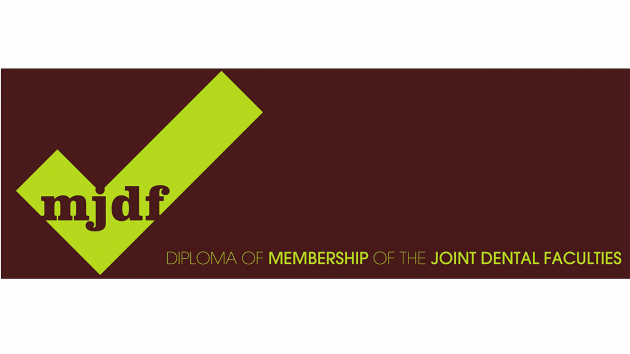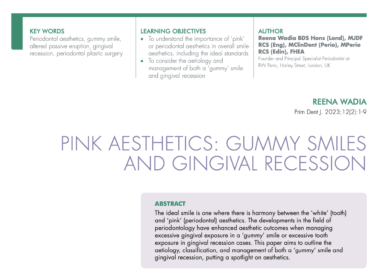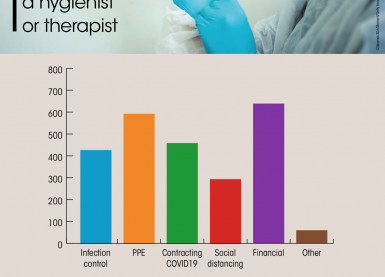September 24, 2016

- 150 questions single best answers
- 3 hours
- Not negatively marked
- Pass mark is different every year
Key topics
Orthodontics:
- IOTN-DHC Score
- Ceph analysis – values
- Angles’s classification
- Appliances and interceptive orthodontics
- Treatment planning
- Radiographs esp to locate canines (B/P)
- IOTN of submerged l/le, impacted canine or premolars
Periodontology
- Classification and clinical presentation
- BPE (lots of questions)
- Miller’s grades of mobility
- Periodontal Probes (markings and what they indicate, types of probes)
- Radiography (what radiographs to take for example BPE scores)
- Periodontal treatment options (including antimicrobial prescribing)
Restorative dentistry
- Reversible and irreversible pulpitis and signs and symptoms
- Eruption dates and sequences
- Different crowns and bridges
- Fluorides (See Delivery Better Oral Health document)
- Dental materials and percentages and various types of alloys (amalgam phases and content, composites – types, fillers, indications, impression materials)
- Non carious tooth loss and treatment
- Dental trauma and splinting (See Dental Trauma Guide)
- Missing lateral incisors
- Posts and systems
Medical emergencies
- Asthma
- Angina
- Hypoglycemia
- Signs and symptoms
- Drug box
- Oxygen cylinder (sizes) – See BOC website
- Anaphylaxis
- Drug regime
- Chest compression and difference in various scenarios
Pharmacology
- FGDP booklet
- BNF
- Antibiotics and antivirals
- Antifungals
- Drug interactions
- Local anaesthesia (onset, half life, how eliminated)
- Sedatives and hypnotics
- Ab prophylaxis and current guidelines
- Questions about cross matching drugs to cases like migraine, trigeminal neuralgia, shingles etc.
Radiology
- FGDP booklet
- Eric Whaites book
- Inidcations of radiographs
- When to take horizontal and vertical bitewings
- RPA+RPS
- Nurses and radiology
- Radiographic badges
- NRPB and current body and role
- Dosage
- OPG/CBCT and other Xray exposure
- UK normal background radiation
- In case of accidental exposure
- How long to keep records
- How to report
Prosthodontics
- Designing
- Impression materials
- Complete denture complains
- Implants
- Cast partial dentures
Oral surgery & medicine
- Cysts-radicular cysts
- Histology of cysts
- Dry socket
- Pericoronitis
- Pre-malignancy – predisposing factors
- Orofacial pain and types and treatment
- Herpes
- Sjogrens syndrome
- Candidiasis
- Lichen planus
- Signs and symptoms,, diagnosis and management
Other topics
- Health promotion
- Disease prevention
- Law and Ethics
- Consent for underage children, if they walk in by themselves, in the case of emergency
- Management of patients with dementia including consent
- Staff injuries: who to inform, what to do, within how many days (HSE or ACAS website)
- Behavioural management
- Statistics – clinical trials, mean median mode, p value, students t test, chi squared test, nominal versus ordinal data
- Medically compromised patients
- Infection control
- Clinical waste management
- Hazardous wastes
- Complaints
- Problems with dentures: patient cannot pronounce certain sounds
- Practice meetings
- Clinical governance
- Audit
- HIV and other viral infections
- Standards in dentistry
Example questions:
- Health and safety legislation requires that a dental practice categorise and dispose waste correctly. Which of the following are examples of special waste…(Answer: blood contaminated waste, including dressings and sharps)
- A patient with trimus and crepitus of both TMJs requires extensive indirect restorations and reorganisation of the occlusion. Which of these splints would you consider most appropriate? (Answer: is anterior repositioning splint)
- After oral administration of 3g amoxicillin, a patient collapses in reception. Flushed and wheezing. First line of action? (Answer: Administer 0.5 ml 1:1000 adrenaline intramuscularly)
- Which of the following is the most likely to contribute to successful molar endodontics? (Answer: Thorough cleaning using rubber dam throughout the procedure)
- A 14 year old female patient attends in a distressed state with an acute periapical abscess and gross facial swelling associated with a heavily filled UL1. She is unaccompanied by an adult. What should your first action be? (Answer: Try to ascertain whether she is able to give legal consent)
- Patients on Oral bisphosphonates…(Answer: Most probably have metastatic bone disease or osteoporosis)
- A 15 year old female patient has an 8mm overjet and bilaterally impacted canines…(A: The patient would be placed in the Index of Ortho need 5)
Recent questions (last 2 diets):
- Bleeding – INR, XLA, aspirin, punch biopsy, soft tissue tear
- Paediatric behaviour management – modelling, desensitisation
- Radiolucency – 20 mm apex, 5 mm apex, inferior to to IAN, midline palate, unerupted crown
- Fluoride – 3 year old, 6 year old, 10 year old, 14 year old, 70 year old
- LA – pregnant, latex and bisulphate allergy, pain relief for 8xla
- Topical – vital pulpotomy
- Rads – UE 3, perio code 3, perio code 4, edentulous in one arch
- Medical emergencies – asthma, angina, diabetes, anaphylaxis, epilepsy
- Spread of infection – upper 3, upper 2, lower 1, distoangular 8, lower 6
- Hypodontia causes
- Facial pain and headaches
- Appropriate bridges
- What different parts of CoCr denture
- Suturing resorbing time viacryl rapide
- Consent 20 y old Downs syndrome
- Flap for lower 5
- 8s Nice guidelines
- Appropriate medication for vital pulpotomy
- What causes composite retardation on setting
- Radiographic faults and standards
- 12 year old with low risk, what is radiographic interval
- Max nitrogen concentration in bottle/air container
- Max temperature to wash instruments in
- Appropriate management for destroying prions in used endo instruments
- Wetting component in dentine priming agent
- Splinting time for lateral luxation
For further information regarding MJDF courses run by the Faculty, please visit:
http://www.fgdpwm.com/simplifying-mjdf
http://www.fgdp.org.uk/event/fgdp-event/revision-for-mjdf-part-2.ashx



